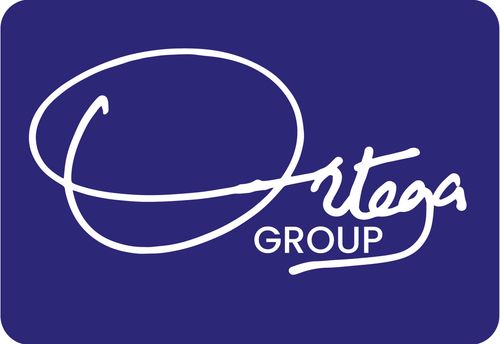The thing I often notice in organizations is operational inertia, this inability to act, to execute on a great idea. To think that they can spend much time refining the idea before execution. There’s this inability to move to prototype or minimum viable product. Let’s tell a story of this organization that wanted to revamp their offices to bring in a spirit of creativity.
Then, the organization went on to do the worst of things; ‘it instituted a committee of approvers.’ Nothing kills a great idea than a committee. Group think sets in, and before you know it all, every design was retreating to the same old design. Basically, the creativity was capped from word go. The MD would give different ideas in this meeting, in the next meeting another director would give contrary ideas. The interior designer was left in a limbo, unable to progress with any idea. One year later, there was no approved design.
Inertia on an office revamp project pointed to a cultural inertia, the inability for this organization to act on a great idea. You don’t want to build an organization where every great idea goes to the pit. You want to solve for this bottleneck as fast as possible. The role of the CEO, beyond the strategic element is to also clear the way, to ensure that teams gain operational velocity. Because without operational velocity, you are unable to act. And if you can’t act, you stand by and lose your market share dwindle every day. This further causes frustration, the teams know what needs to be done, but they are just not able to act.
On the frontlines, having the intel about the opponent and not being able to act on that intel is the worst way to lose a battle. You need to build the ability to act on less information, to be decisive. You can never have all the information. In fact, it’s the action that will produce more information. Move fast to get more information. Motion creates information. You want to invest in a new product, contact the designers, tease the market, take that next step. That’s where startups have the advantage. Within weeks, they are able to know what a market wants, iterate, and see whether it makes sense to even continue. As organizations grow bigger, everything is thought of from a risk perspective, this constrains movement. And slowly by slowly, operational inertia creeps in.
The most critical duty of all leaders today is to unlock and build operational velocity. No one can go against a team with operational velocity. It’s always light miles ahead, because it also produces a lot of information from this motion, it learns faster about the market, about the process. What you want to build is a clear idea of the surface, and how do you draw a surface, by quickly touching most of the parts. How do you do this? By getting teams to move, to act. Yes, the key differentiator in the market is not a great idea but operational velocity.
Photo by Christian Lue on Unsplash

